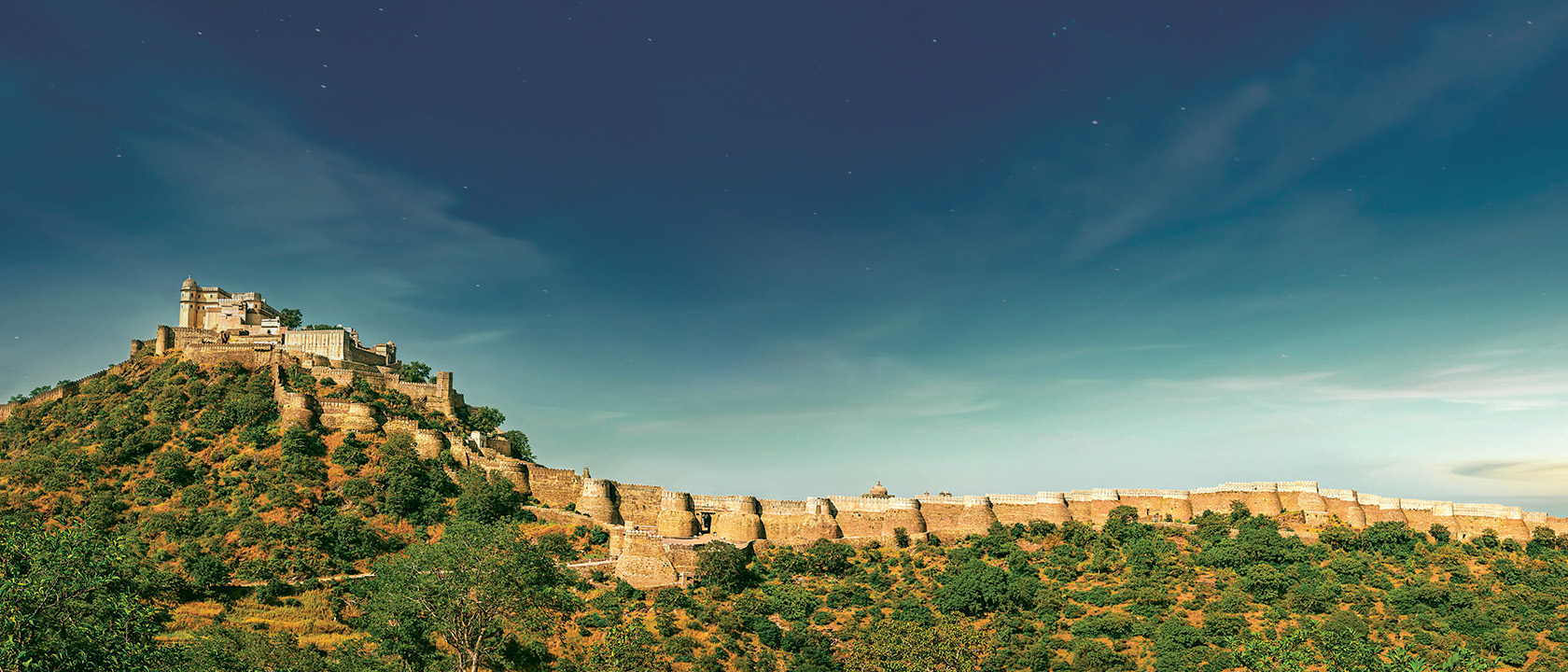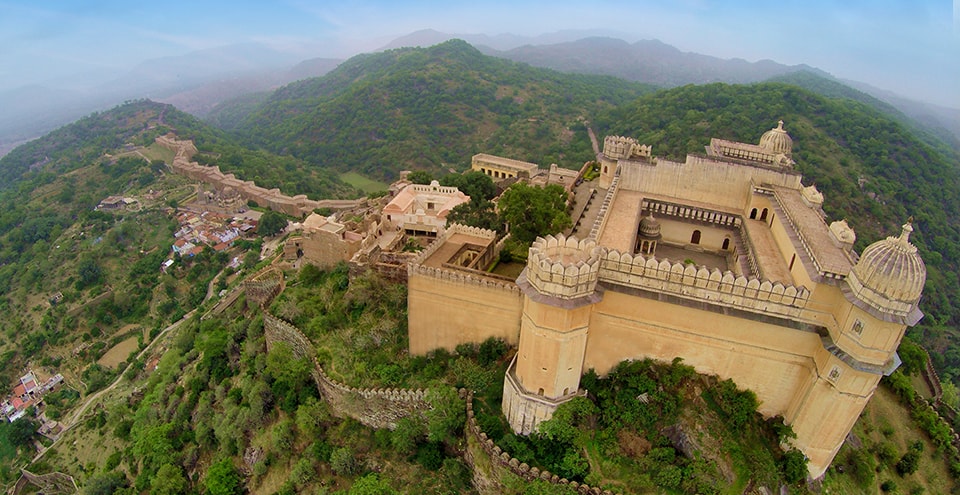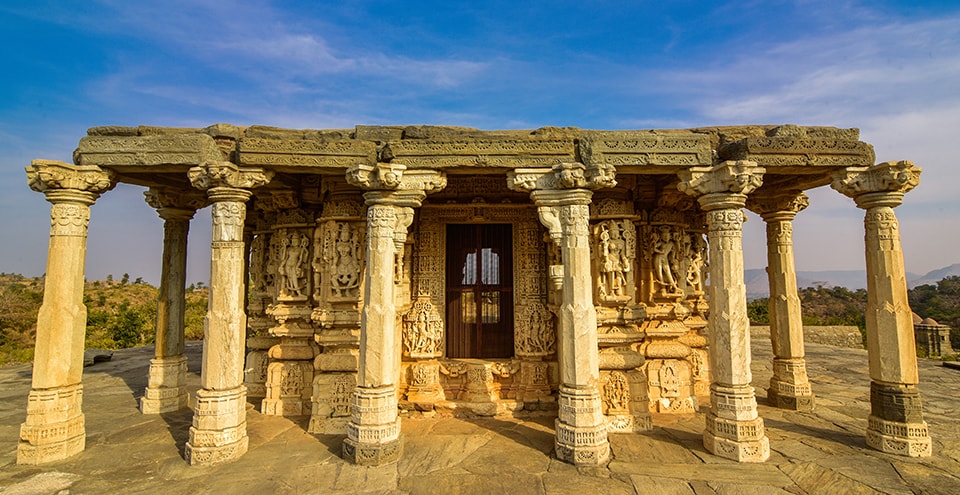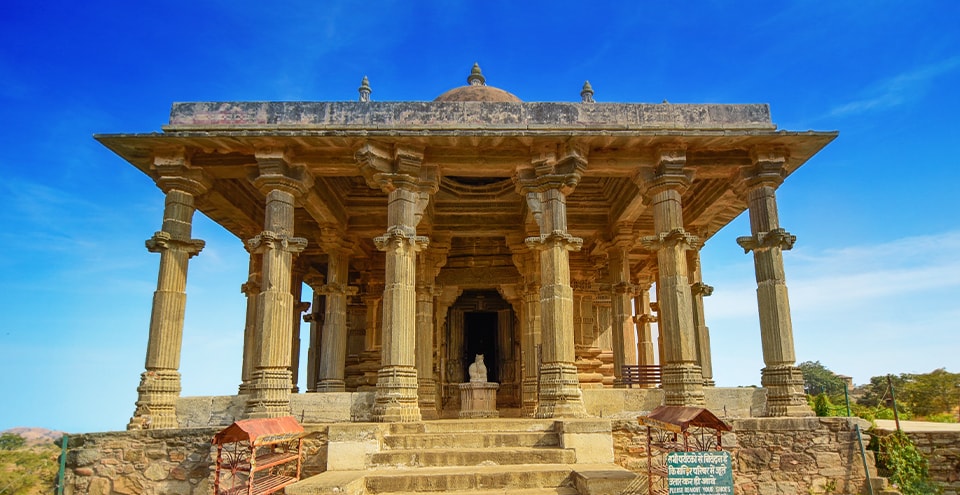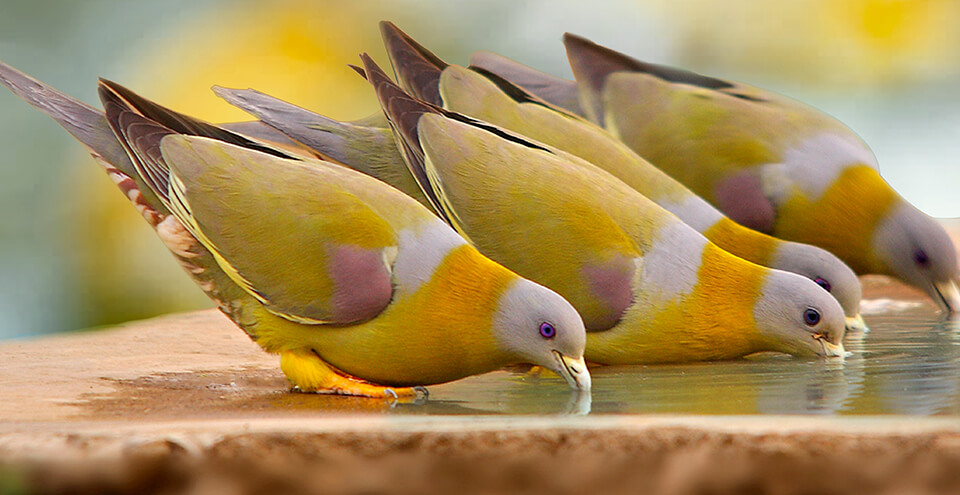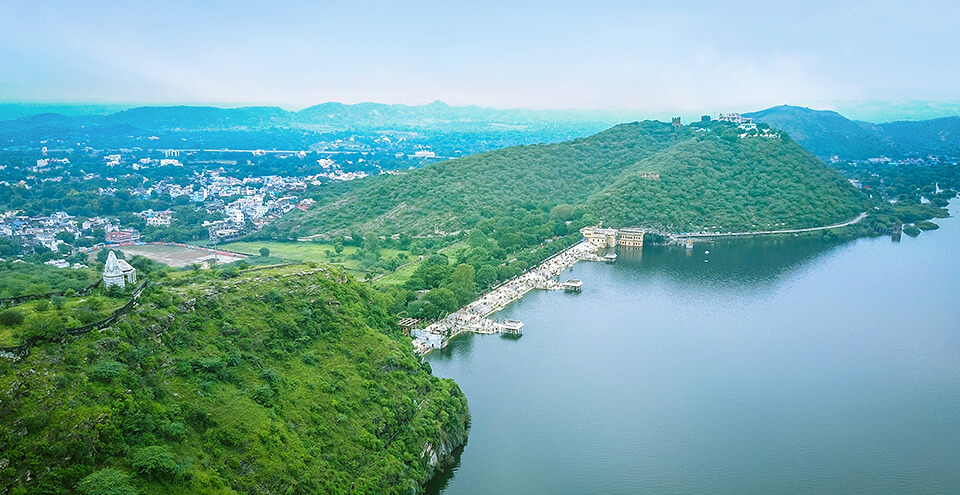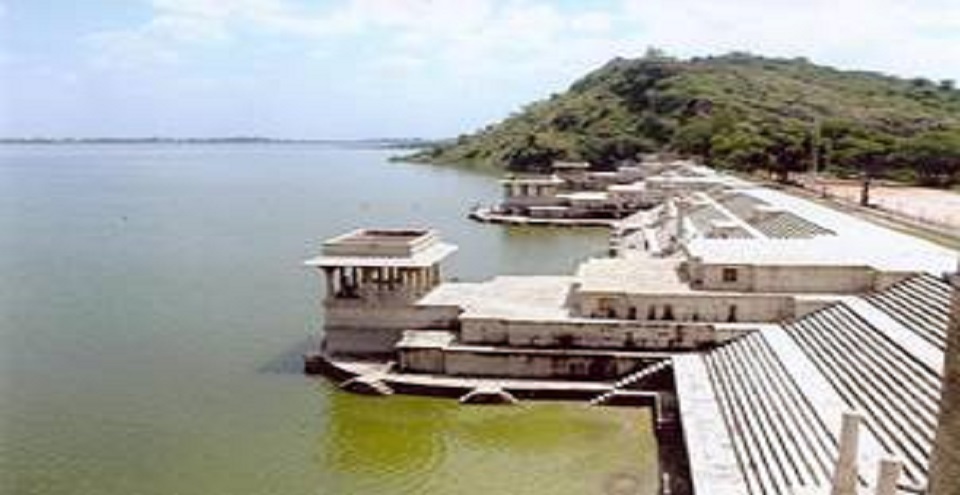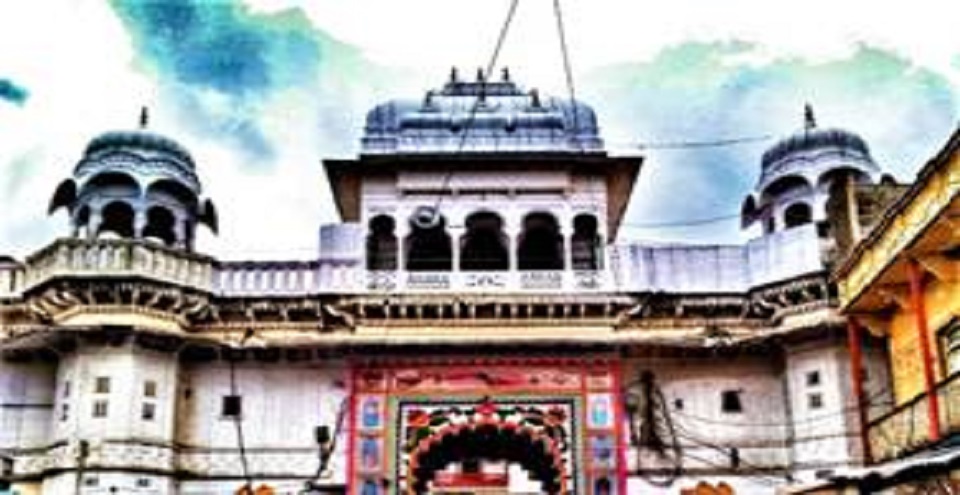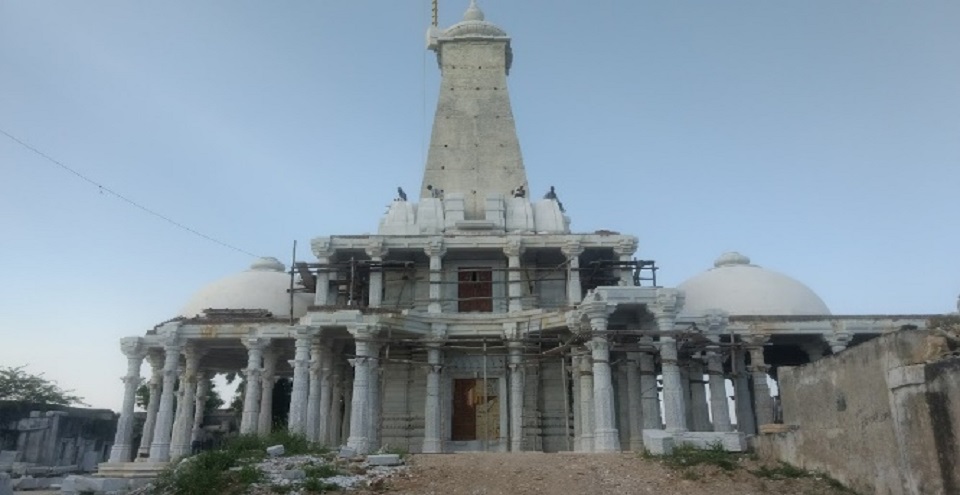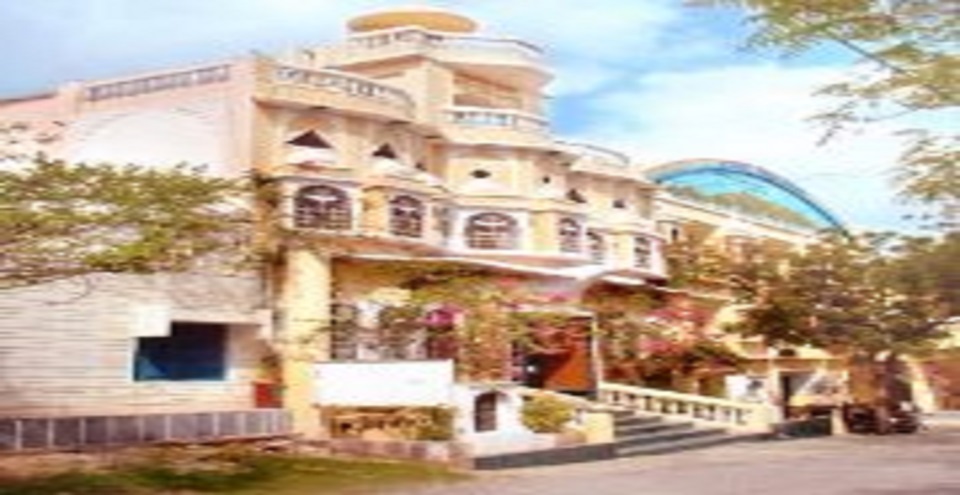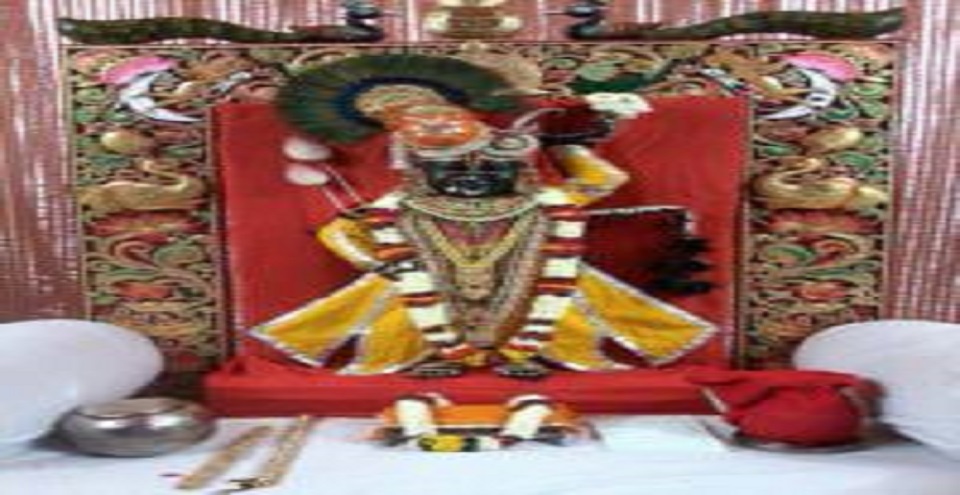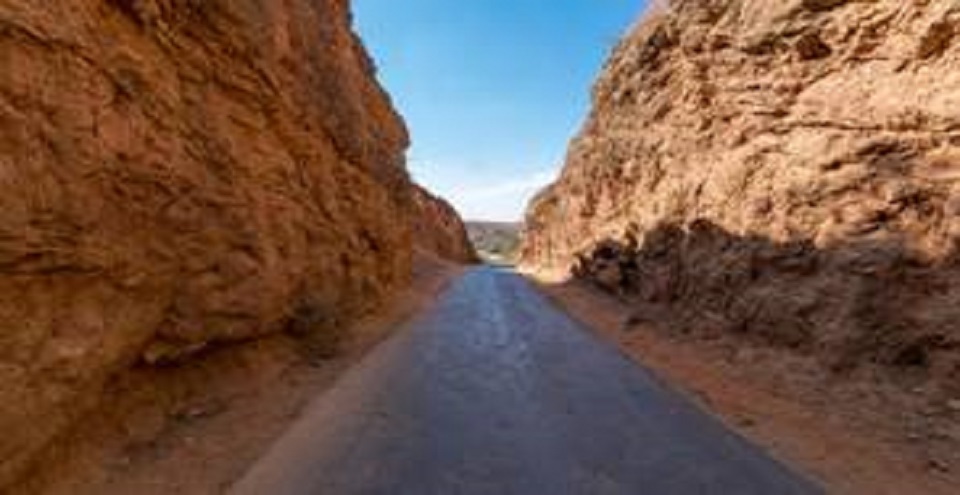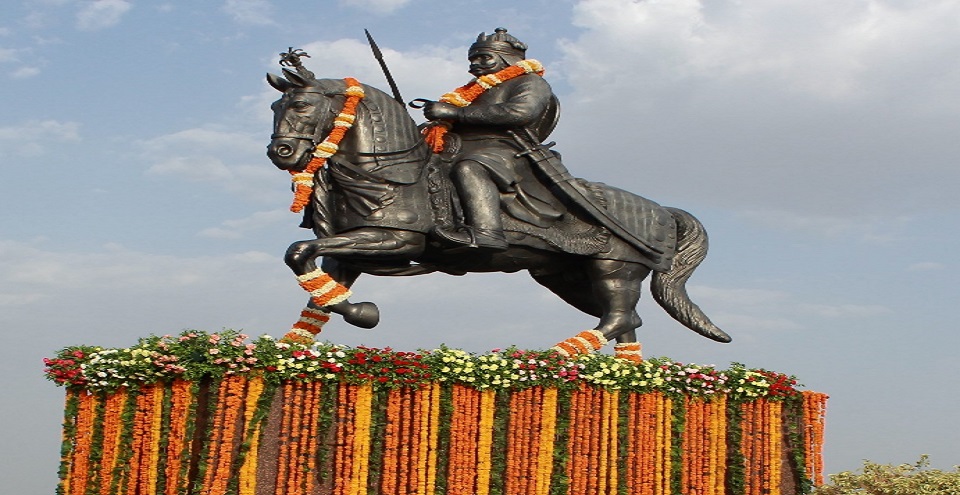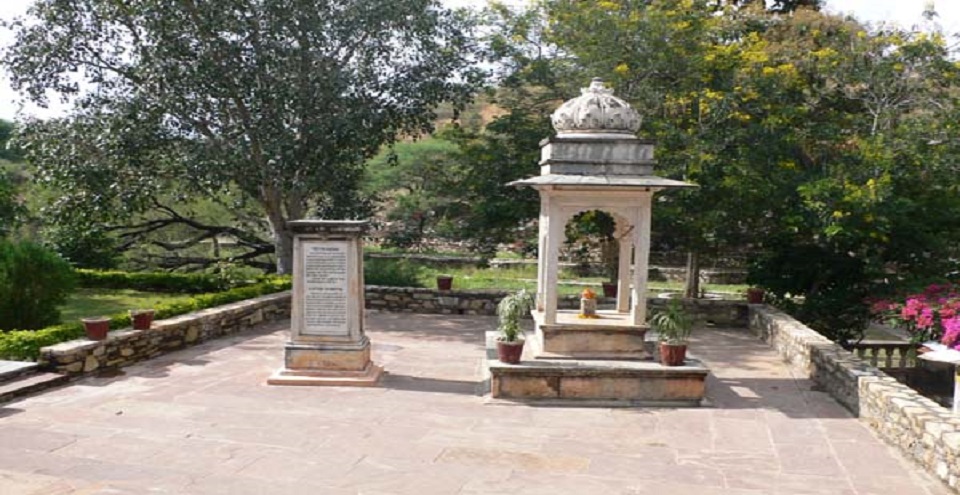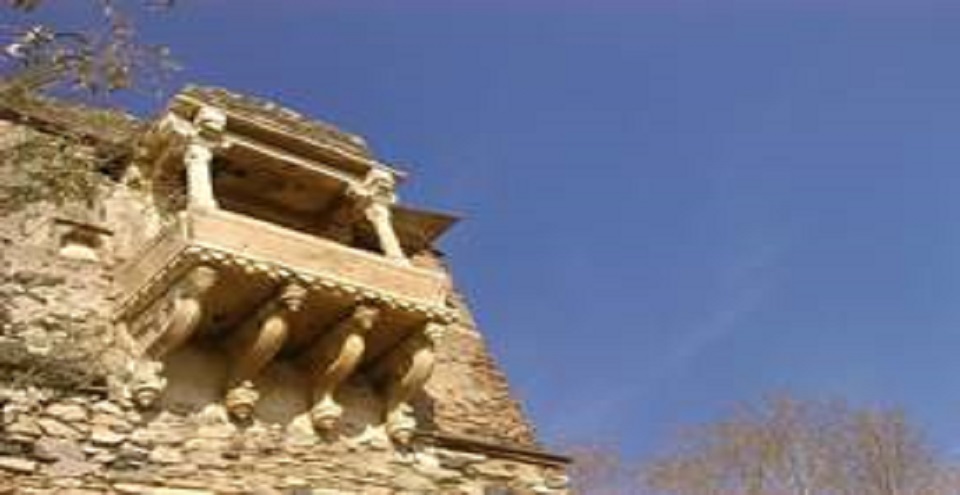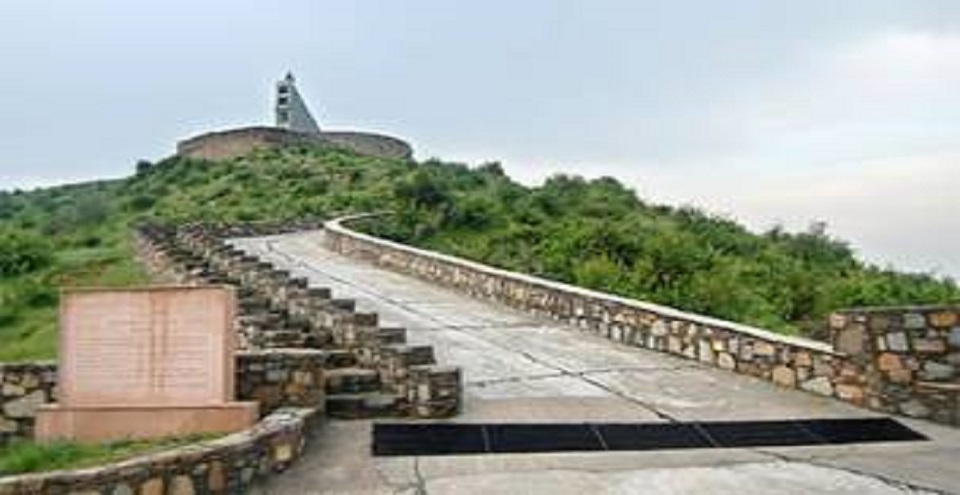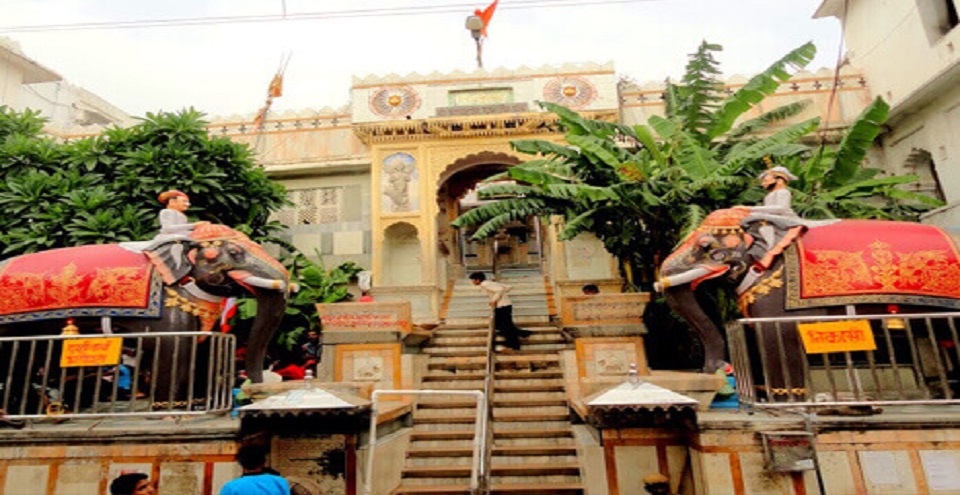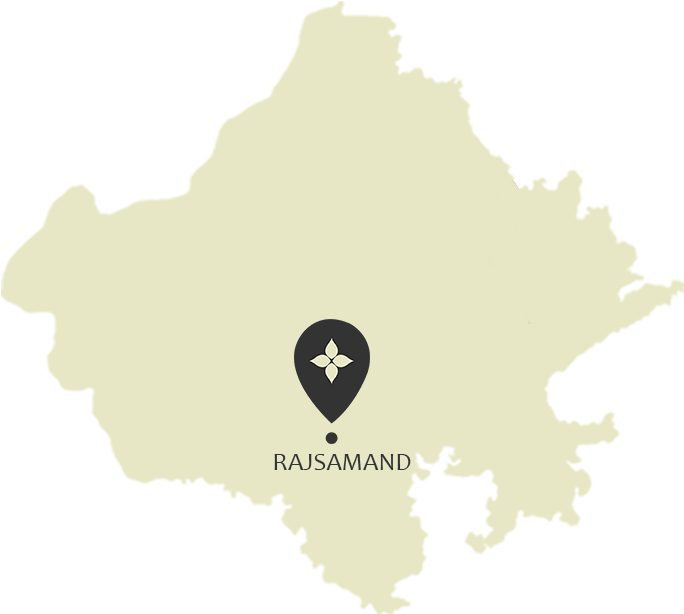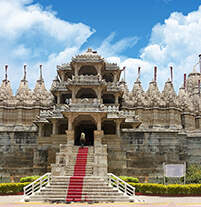Rajsamand
The marble Land of Rajasthan
Rajsamand is located around 67 km from Udaipur. Apart from being quite well known for marble production and being the largest marble producing district in the country, Rajsamand is also a town that houses beautiful lakes, awe-inspiring palaces, great historical significance and also a national park. For any visitor, Rajsamandlives up to every travel expectation you might have, and at times, even surpass them.Among the most famous spots in the district are the Kumbhalgarh Fort, the place where Maharana Pratap was born; Haldighati, the famous battlefield; Dwarikadheesh; Charbhuja; and a number of Shiv temples.Rajsamandmakes for a fascinating visit,offeringyouthe opportunity to glance and bask in its rich history, religion, culture, and mining industry.

